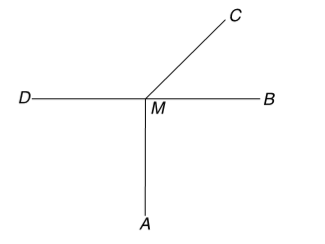Text Solution
Verified by Experts
The correct Answer is:
Topper's Solved these Questions
Similar Questions
Explore conceptually related problems
ARIHANT-HEAT TRANSFER-Heat Transfer
- Four metal rods each of length L and cross sectional area A are joined...
Text Solution
|
- The two ends of a uniform metallic rod are maintained at 100^(@)C and ...
Text Solution
|
- The ends of a metallic bar are maintained at different temperature and...
Text Solution
|
- A thick spherical shell of inner and outer radii r and R respectively ...
Text Solution
|
- Three bars of aluminium, brass and copper are of equal length and cros...
Text Solution
|
- A lake is covered with ice 5 cm thick and the atmospheric temperature ...
Text Solution
|
- A liquid having mass m = 250 g is kept warm in a vessel by use of an e...
Text Solution
|
- (i) A cylindrical pipe of length L has inner and outer radii as a and ...
Text Solution
|
- A 3 mm diameter and 5 m long copper wire is insu- lated using a 2 mm t...
Text Solution
|
- A potato at initial temperature T(0) is placed inside a hot convection...
Text Solution
|
- What is emissivity of a perfectly reflecting surface?
Text Solution
|
- A body is in thermal equilibrium with surrounding. Absorptive power of...
Text Solution
|
- A copper sphere is maintained at 500 K temperature by connecting it to...
Text Solution
|
- Stefan’s contain (s) derives from other known con- stant of nature, vi...
Text Solution
|
- An iron ball is heated to 727^(@)C and it appears bright red. The plot...
Text Solution
|
- A solid cylinder and a sphere of same material are suspended in a room...
Text Solution
|
- A block body at temperature T radiates same amount of energy in the wa...
Text Solution
|
- Majority of radiation from the Sun is in visible and near infra-red (0...
Text Solution
|
- A metal ball of mass 1.0 kg is kept in a room at 15^(@)C. It is heated...
Text Solution
|
- A hot body is suspended inside a room that is maintained at a constant...
Text Solution
|
